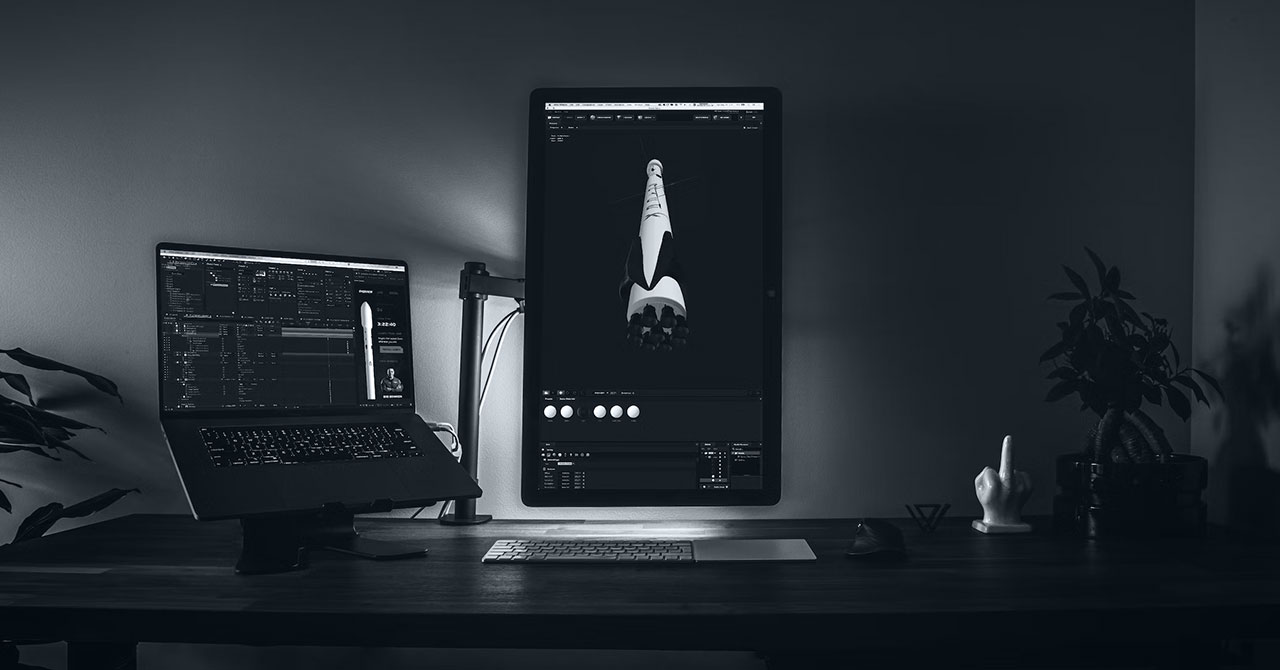









The Situation
The largest trade show in North America annually attracted 200,000 attendees that would visit over 1,000,000 square feet of exhibits. This trade show, not surprisingly, was generating a large revenue stream from the loyal group of exhibitors that paid the organizers significant fees to reach large numbers of qualified buyers of their products on the exhibit floor.
The Challenge
Attendees, on the other hand, paid nothing to gain admission to the exhibit floor. In addition to visiting the exhibits, attendees also had the opportunity to attend a conference which ran along side the exhibition. The cost to attend the conference was $1,500.

Despite its overwhelming size of the event as a whole, the conference that was part of this annual event was attended by a mere 2,000 attendees, and generated about $3,000,000 in revenue.
Clearly, an opportunity existed to dramatically increase the revenue generated by the conference. Only 1% of the total number of people who attended the trade show were choosing to go the conference. Why did so few of the attendees choose to go to the conference?
The Solution
The answer was to be found in the marketing strategy for the conference. Since the lion’s share of revenue was derived from exhibitors, the focus of the marketing campaign for the event was to generate qualified buyers for the exhibit floor. Therefore, the overall objective of the marketing campaign was to minimize the cost of reaching the goal of 200,000 attendees. This lead to a preferential reliance on the least costly means of direct marketing, including email, postcards, and other inexpensive mail formats that were sent to past attendees and prospects. Only a limited number of relatively expensive conference brochures, which contained over 60 pages of comprehensive information about the conference, were mailed.
An analysis of response patterns to the various methods of reaching the customer, showed, not surprisingly, that the conference brochures generated the highest percentage of registrations to the conference. Unfortunately, only an arbitrary and relatively small number of them were mailed due to their cost. Clearly, the overall objective of minimizing the cost of the marketing campaign was limiting the attendance at the conference.
But how many conference brochures should be mailed? And to whom? How much profit could they generate?
Predictive marketing techniques were applied to the problem. Using past information about attendees an prospects, and a history of their response to conference promotions, a statistical technique called logistic regression was employed to develop a model to predict the probability that a former attendee or prospect would register for the conference if they were sent a conference brochure. Armed with this information, an expected profit for a mailing of the conference brochure to each past attendee or prospect could be calculated. It could then easily be determined how many brochures to mail, and to whom.
The Results
The results were dramatic. The size of the conference brochure mailing increased from 100,000 to 500,000, adding considerable cost to the marketing campaign. But this cost was dwarfed by the increase in conference revenue the mailing generated. Conference revenue more than tripled from $3,000,000 to over $10,000,000.